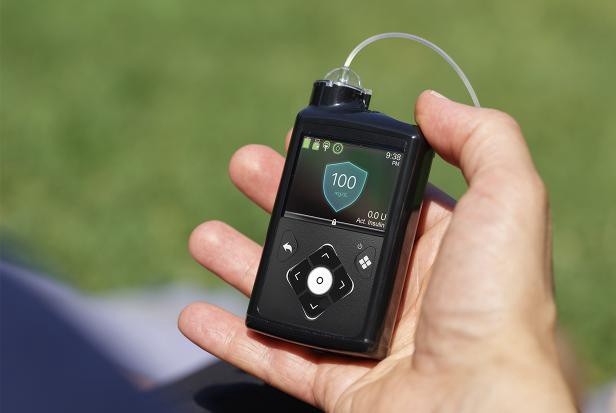research2guidance
ATTD2022 — Advanced Technologies and Treatments for Diabetes ConferenceMay 2022
The connected devices became a standard part of diabetes management solutions.
Both the medical device and digital therapeutics companies are striving to offer the most advanced technologies.
To be updated on recent innovations for future strategies, there are 5 take away trends gathered from the 15th Advanced Technologies and Treatments for Diabetes Conference.
The lives of millions of diabetics depend on continuous tracking of vitals in order to have a good control of their glycaemic management.
Knowing the need and necessity for affordable disease management tools and treatments, medical device companies have been working on providing the best and most accurate technologies, varying from continuous glucose monitoring devices (CGMs) to automated insulin delivery technologies. Additionally, the holistic digital diabetes management solution providers have also turned the connected devices into a standard in their service offerings. Some of today’s successful digital diabetes management platforms, such as DarioHealth, , and , are already including the monitoring devices in the bundle offerings, while others are becoming device-agnostic and facilitating easy data import on their apps from various connected devices.
Even though there are many competitors in the market, it is not so unusual to see partnerships among the top players in the diabetes device and solutions market.
In fact, these partnerships have become one of the main drivers of innovation and growth. For instance, Insulet Corporation announced in 2020 two partnerships with and for its automated insulin delivery (AID) systems and offering more freedom for people with diabetes. Ascensia Diabetes and Senseonics on the other hand agreed on Ascensia’s exclusive commercialization rights of the Eversense XL and E3 implantable CGM system in selected regions. Lastly, , who closed a partnership with Roche Diabetes for Accu-Chek insulin pump connectivity in 2020, also partnered with in 2021, to enable not only the CGM user but also the smart insulin pen users to benefit from the AID technologies.
As the AID systems, CGMs and many other technological developments are being supported by research and co-development partnerships,
most of the major players present at the 15th Advanced Technologies and Treatments for Diabetes (ATTD) in Barcelona this year shared their thoughts and latest updates on the diabetes treatment technologies.
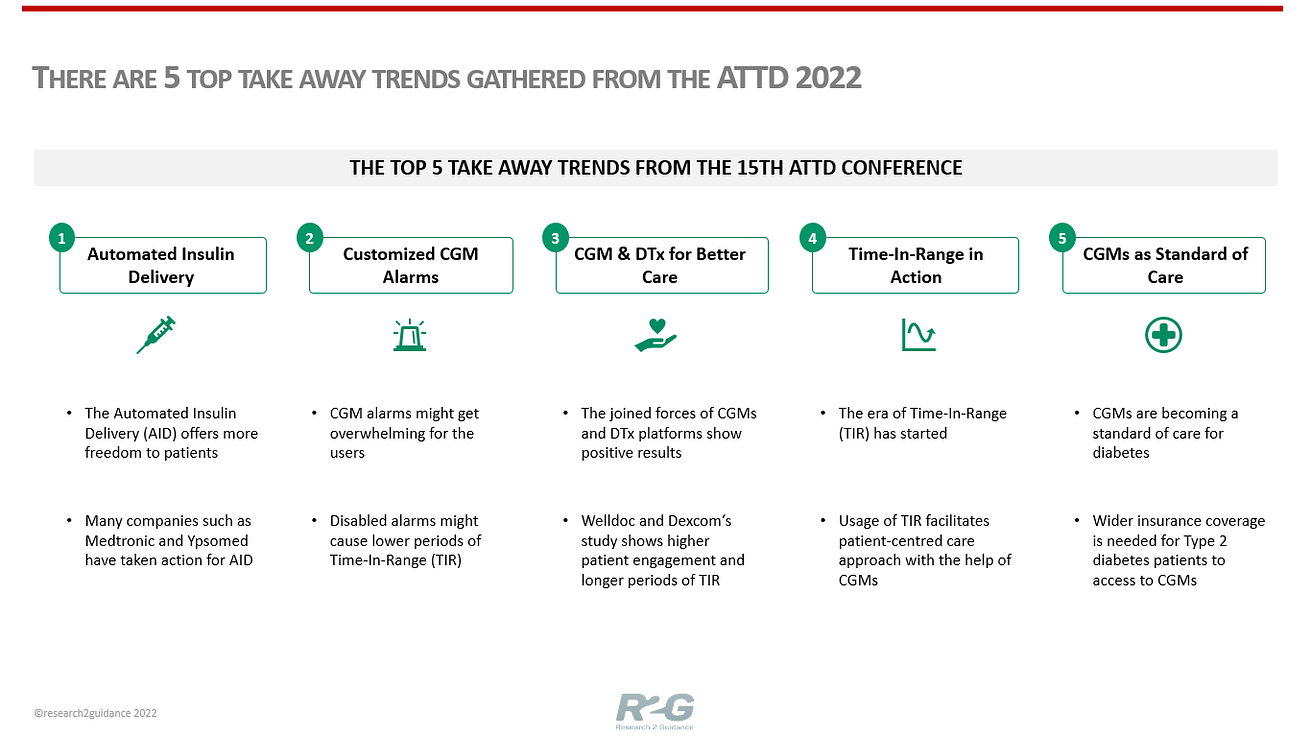
The 5 take away trends from the ATTD 2022
At the ATTD 2022 in Barcelona, the key digital diabetes solution and device players had presented series of the recent advancements and success stories about their technologies, while also mentioning the major challenges along the diabetes treatment pathways.
There are 5 key points to be taken from the conference sessions.
At the ATTD 2022 in Barcelona, the key digital diabetes solution and device players had presented series of the recent advancements and success stories about their technologies, while also mentioning the major challenges along the diabetes treatment pathways.
1.AID (Automated Insulin Delivery) offers freedom to the people living with diabetes:
The ADAPT study presented at the conference shown that MiniMed 780G advanced hybrid closed loop algorithm helped the people with Type 1 diabetes to increase their duration time-in-range significantly.
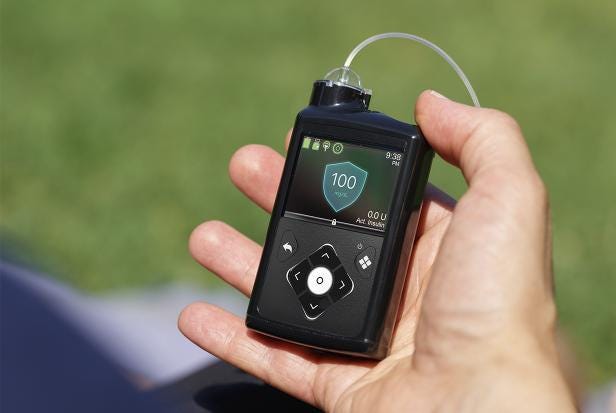
Additionally, the result of , and partnership was also visible at the conference. Accordingly, CamAPS FX app connected to Dexcom G6 CGMs and mylife YpsoPump provides remote bolus delivery simply from the smart phones.
Ypsomed had also recently announced another partnership with , to connect FreeStyle Libre 3 CGM sensor to the CamDiab’s CamAPS FX algorithm.
While these partnerships help the companies to grow their businesses and outreach, they also collectively deliver people with diabetes more freedom during their daily lives.
2.While customization of smart devices is necessary, patients have to be careful:
There are many users of CGMs who complain about the excessive or sometimes even false alarms on highs/lows delivered from their sensors.
This in turn may cause patients to disable the CGM alarms during the day, or even not wear them for a long period.
However, the Dexcom G6 real-world data presentation from 46,000 users showed that for people who enable high and low alerts in their G6 sensor experience less time in hyper- and hypoglycaemia compared to people who disabled the alerts.
Additionally, the higher engagement with the Dexcom G6 CGM system let users earn +54min/day in their time-in-range (70–180 mg/dL).
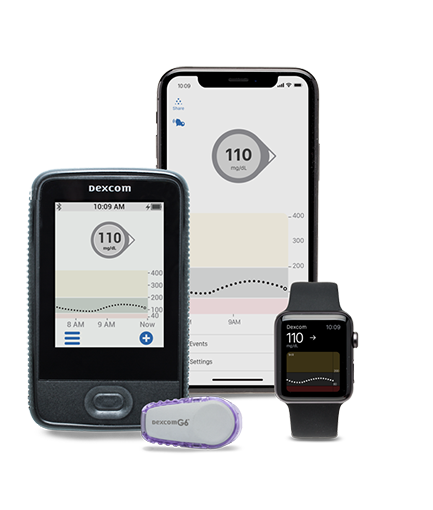
3.The joined forces of CGMs and DTx platforms increase TIR and engagement:
The pilot study, combining Welldoc’s Bluestar DTx solution with Dexcom G6 CGM, showed that study cohort who wore their CGMs intermediately increased their time-in-range by approximately 32%.
The study also uncovered that the engagement with logbook features like medication, food, exercise, sleep entries was almost 25 times per patient per week during the 6 months long study.
This means that patients are happy and satisfied with seeing the results of their treatments, and they actually keep using the digital treatment platforms and the devices on an ongoing basis.
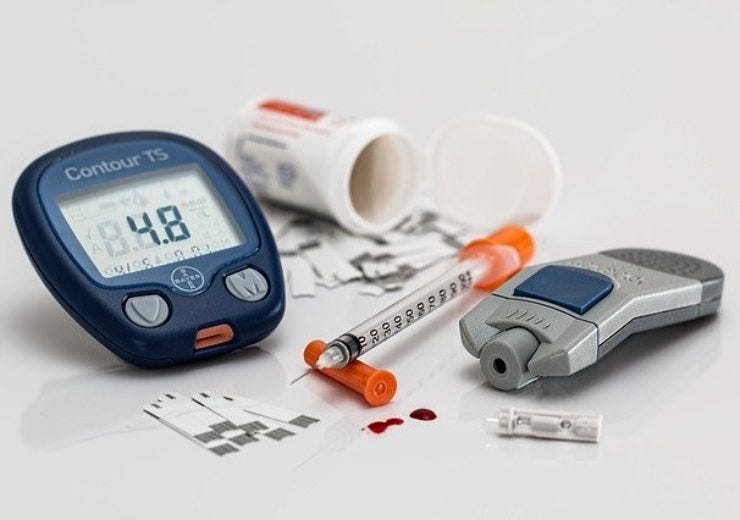
4.The era of Time-In-Range (TIR) is on the horizon:
Time-In-Range is the percentage amount that the type1 and type 2 diabetes patients spend in target blood glucose range between 70–180 mg/dL.
The experts at the ATTD 2022 conference were convinced about and encouraged the use of TIR data that can be delivered by the patients who are using CGMs.
Thanks to the CGM technologies today, diabetics can see how much their blood glucose levels were out of range during the periods of a day, which is more meaningful than pricking a finger at certain times in a day.
Also, TIR paves the way for a patient-centred treatment approach. When physicians know highs and lows in glucose trends during a day of their patients, they can change the treatment models according to the patient’s specific routine and needs.
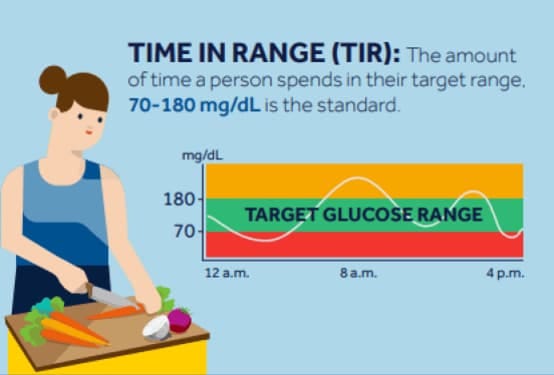
5.CGMs should become a standard of care for any type of diabetes:
There are many barriers that the type 2 diabetes patients have to overcome when it comes to getting a prescription for CGM devices.
The consensus at the ATTD 2022 therefore highlights the need for an easy access to the advanced technologies like CGMs for people with type 2 diabetes especially for preventing high-risk cases.
While CGMs are becoming more like a standard of care in diabetes treatment, denying the access to CGMs for the type 2 diabetics restricts them from discovering their TIR trends which is extremely crucial for treatment adjustments.
Another point that was mentioned at the conference is that with the use of CGMs, the engagement level of type 2 diabetes patients with their treatment process increases as well.
Knowing that the number of diabetes patients is increasing, the need for holistic and whole person care approach is a priority.
Thanks to the digital health solutions and smart device technologies, the treatment models are being improved continuously.
However, this being said, there are still numerous challenges on the way to further development.
By taking the 5 take away trends from ATTD 2022 Conference into consideration, the technology developers and digital health solution providers should tailor their strategies accordingly in future.
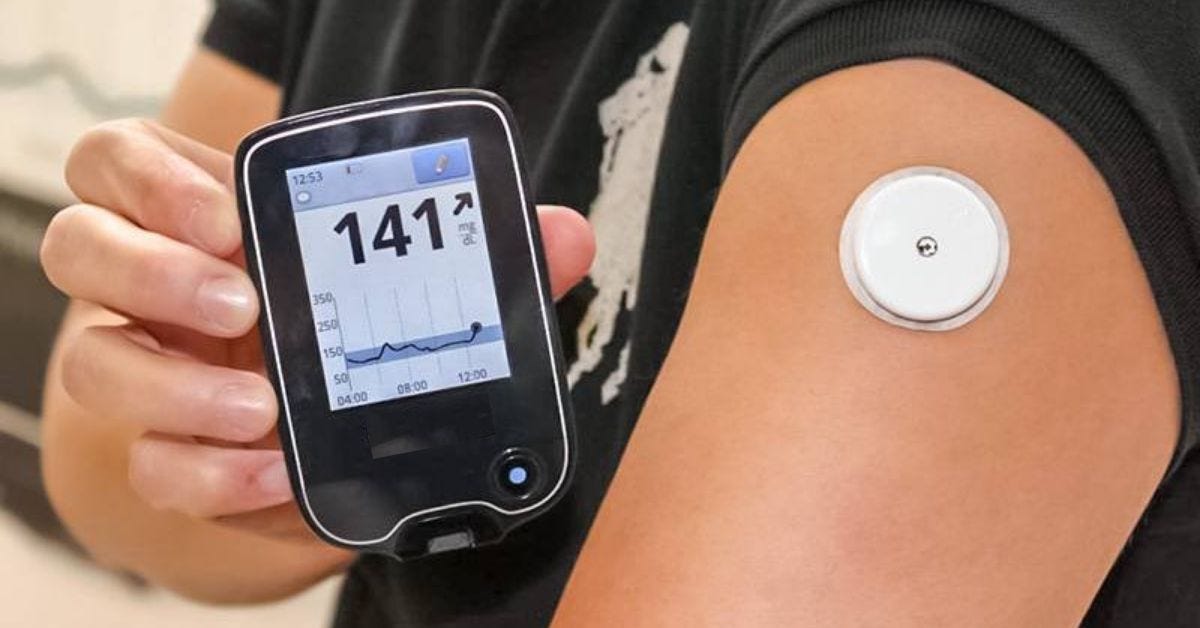
Originally published at https://research2guidance.com on May 9, 2022.




